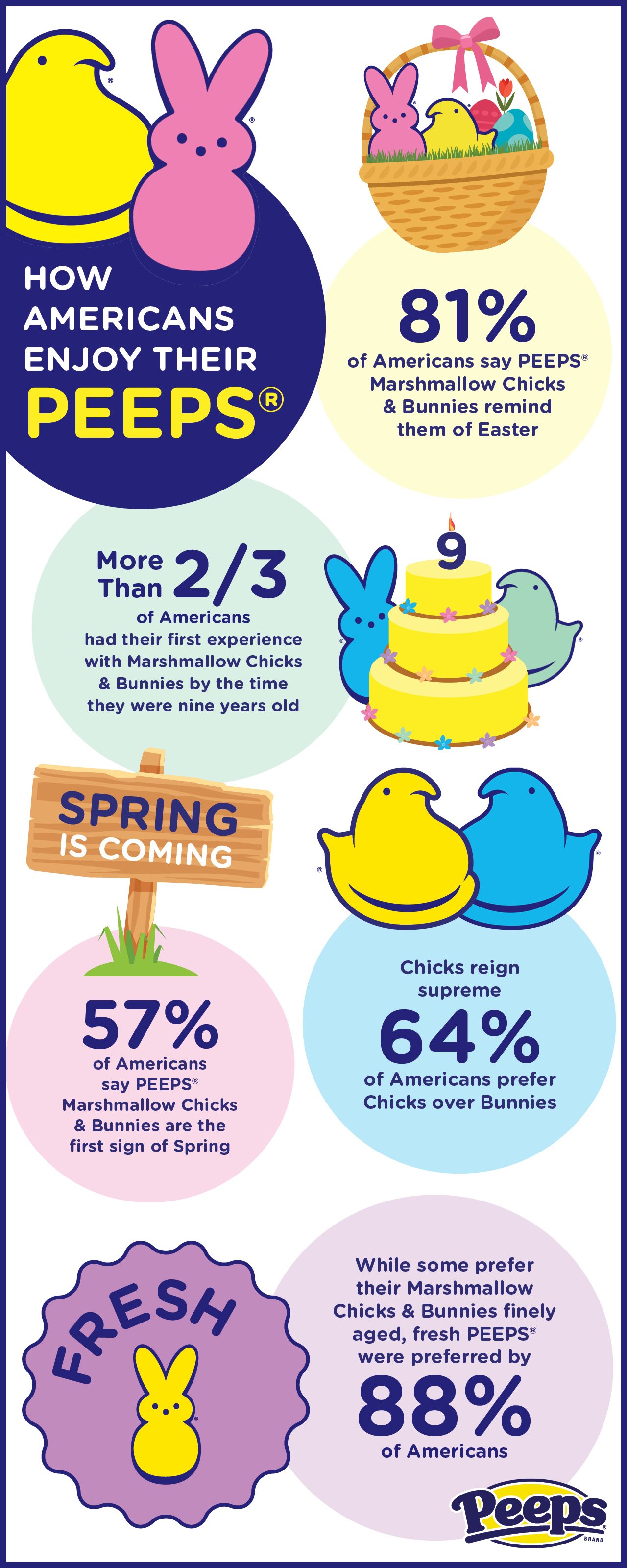2022-03-23T09:01:00
(BPT) – Americans are discovering a long-held European secret: A delicious meal with friends and family is even better when you linger over after-dinner drinks. Whether you’re enjoying restaurant dining or entertaining at home, savoring a drink following a good meal creates a memorable occasion.
Classic after-dinner drinks combine higher alcohol content and concentrated flavor designed to be sipped slowly, allowing guests time to relax and converse at the end of an evening. These drinks are believed to ease the full feeling after a large meal, and sometimes accompany a final course of cheese, fruit or dessert.
Here are some options to try at your next get-together or night out.
1. Single malt scotch
This classic spirit is made for slow sipping. It’s most often served neat, though some add a little water. One example, Deanston Virgin Oak, has a delightful sweetness evoking memories of candied fruits and vanilla toffee balanced with heather honey. This beautiful single malt is first matured in ex-bourbon casks, from a family-run cooperage in Kentucky, giving it a wonderful zesty character. It is then finished in new oak barrels, which gives subtle spiced aromas. This whisky pairs well with apple pie, mixed nuts or aged cheddar.
2. Sherry
Authentic Spanish sherry must be produced in a specific region termed the “sherry triangle.” Sherry is wine fortified with distilled spirit and aged in wooden casks, and can range from very dry to sweet. The dry varieties are briny and savory, while sweeter styles like cream sherry taste of dried fruit, spices and even chocolate, making them ideal for a dessert course.
3. Aged rum
The sweet, tropical origins of rum make it a great complement to fruity treats like grilled pineapple (a perfect finale for your summer barbecue) or aged Gouda. Try one of these:
- Don Pancho Reserva 18 Year Old Rum is distilled in Panama from 100% sugarcane molasses, then aged in barrels for 18 years to create a nuanced, very smooth rum with notes of dried fruit, bourbon and overripe plums.
- Angostura 1919 is a colorful rum with vibrant spices from Trinidad and Tobago. The highest quality molasses and fermentation with traditional 1947 yeast gives this rum hints of roasted nut and creamy vanilla.
4. Brandy/Cognac
A timeless classic, brandy doesn’t rely on herbs and spices to impart flavor, but retains the essence of fruits used in its distillation (grapes, apples or cherries). Barrel-aging helps some brandies develop oak or spice notes. Cognac is one type of brandy originating from the Cognac region of Southwest France. Brandy pairs well with coffee, and both brandy and Cognac complement strong cheeses.
5. Coffee cocktails
While the popular espresso martini may first come to mind, many coffee cocktails provide a delightful end to a wonderful meal. Start with a flavored liqueur like Amarula Ethiopian Coffee Creme Liquor which combines the original taste of Marula fruit with full-bodied, fragrant mocha-chocolate undertones of Arabica beans from Ethiopia. You can enjoy it in cocktails, just over ice or neat. Like a good coffee, it pairs well with biscotti. For an Amarula coffee cocktail, try your hand at the following recipe.
Amarula Coffee Cocktail
Ingredients
1 1/2 ounces Amarula creme liqueur
1 1/2 ounces black coffee
3/4 ounce Frangelico (hazelnut liqueur)
Chocolate powder to garnish
Method
Brew coffee and allow to cool. Fill glass with ice.
Shake all ingredients over ice.
Put a tumbler of the cocktail in the fridge to chill overnight.
Put 30 grams of chocolate in shallow bowl and melt in microwave in short bursts. Dip rims of chilled glasses in melted chocolate. Strain cocktail to glasses. Return to the fridge until you’re ready to serve in chocolate-rimmed glasses.
6. Classic Italian digestifs
Designed as the perfect after-dinner sipping drink, digestifs are believed to help aid digestion. Here are a couple to try:
- Grappa is made from “pomace” — grape seeds, stems and skins remaining from the wine-making process, making it the ideal zero-waste spirit. Nonino Moscato Grappa uses pomace collected from Moscato grapes when still fresh and soft, resulting in a fresh, light and fruity spirit with hints of rose, sage and vanilla, so it’s great with fresh fruit.
- Nonino Quintessentia Amaro is a liqueur created from grape distillate, then aged in a special barrel called a barrique for 5 years. It is infused with herbs, with notes of spice and citrus peel. Its bitter qualities pair well with chocolate.
One of these after-dinner drinks will be just right to elevate, enhance and extend your festivities the next time you dine out or host a party of your own.
Visit Terlato.com to explore these and other options.











